The best urban walking tours we did in South America
If you think following a Spanglish-speaking guide around some of South America’s most notoriously dangerous cities sounds like a terrible idea, think again.
I wasn’t convinced walking tours would be my thing.
I also wasn’t convinced I’d be safe walking around some of South America’s most notoriously dangerous neighbourhoods with a group of camera-toting tourists.
Sure, all is peachy while I’m following this guide, but the moment I step away from the group is that suspicious looking fella who’s been following us for the past hour going to rob me for everything I have? Probably.
Here are a few of the best walking tours we did while travelling around South America.
Bogota Graffiti Tour, Colombia
When we signed up for the Bogota Graffiti Tour, we didn’t know what to expect. It was our first day in South America and we were tired after a long flight from Sydney. But oh boy were we impressed by everything our tour guide, Jay, had to say. We learnt so much on this walking tour about culture and corruption, and felt really safe under the guidance of our the tour guide.
A highlight of this tour would be the Plaza de Mercado La Perseverancia where we ate the most delicious chicken soup among locals.
Meeting point: next to the Museo del Oro with purple umbrellas.
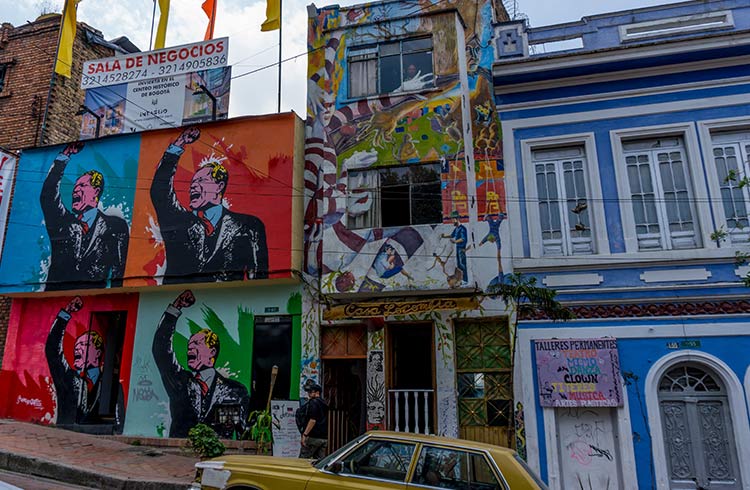
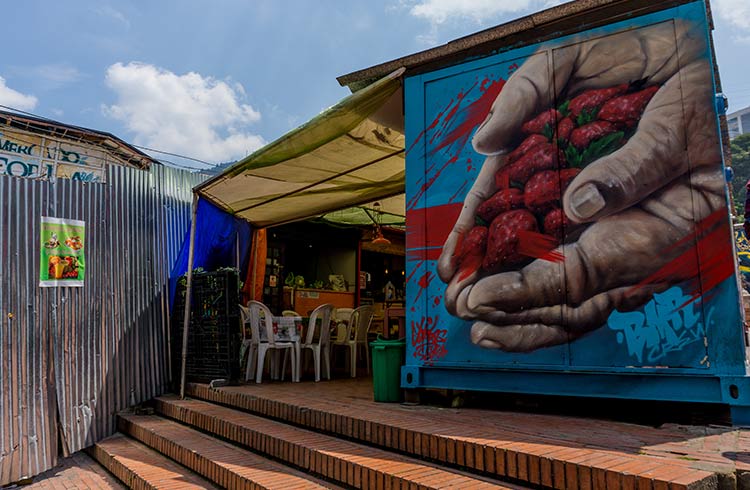
Comuna 13 in Medellin, Colombia
Our tour guide had a lot to say on our tour of Comuna 13. She begins by telling us there’s limited police in the comuna – elsewhere in Medellin police are everywhere. We feel mostly safe while walking in the large group. A few times along the tour I noticed we were being watched, but nobody ever approached us.
“Where abouts in Comuna 13 did you live?” I asked our guide.
“See this house just here with the hanging flowers? That’s where I grew up. And that’s my uncle,” she said, pointing to a man covered in dust, working away stacking bricks at a place just beside her house.
My Spanish is basic, but I called out to him, “Mi tio!” He looked up, smiled at our guide, and waved to me.
Getting there from Zona Rosa: We caught a train from Poblado, a short walk from Zona Rosa where we stayed, and changed trains at San Antonio to get to San Javier, where we walked to the meeting point for the 2pm walking tour of Comuna 13.
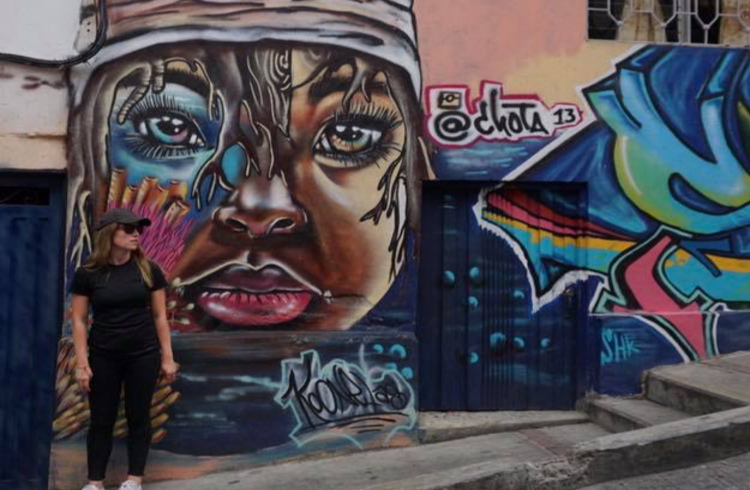
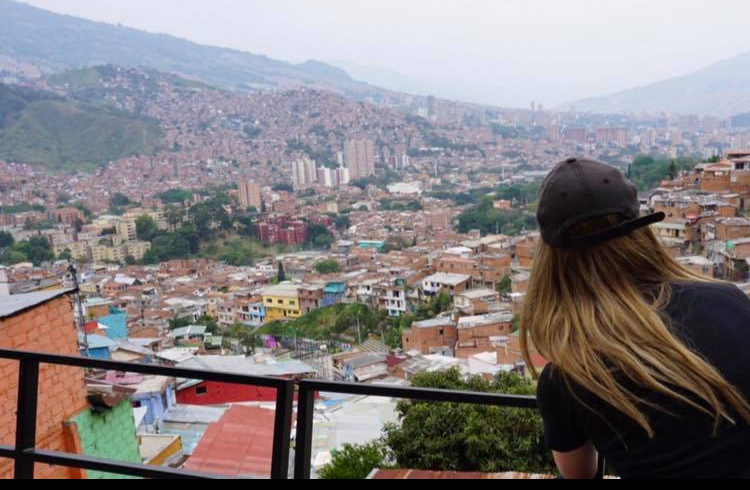
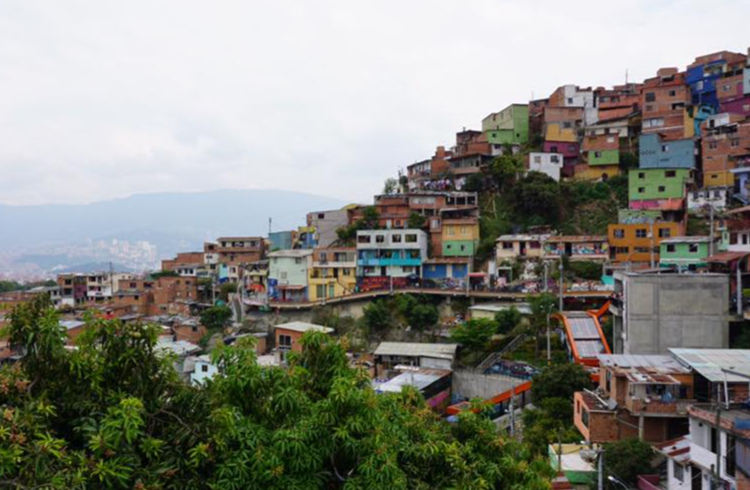
Walking tour of the Old City, Cartagena, Colombia
This free walking tour of the Old City in Cartagena lasted 1.5 hours, and along the way we listened to carnival music and saw dance performances in the streets. I must admit I didn’t take many notes on these tours as I usually would, as I definitely felt it was unsafe to walk around holding my phone in broad daylight.
Every now and again I’d get my camera out to take photos, though.
Meeting point: Plaza Santa Teresa.
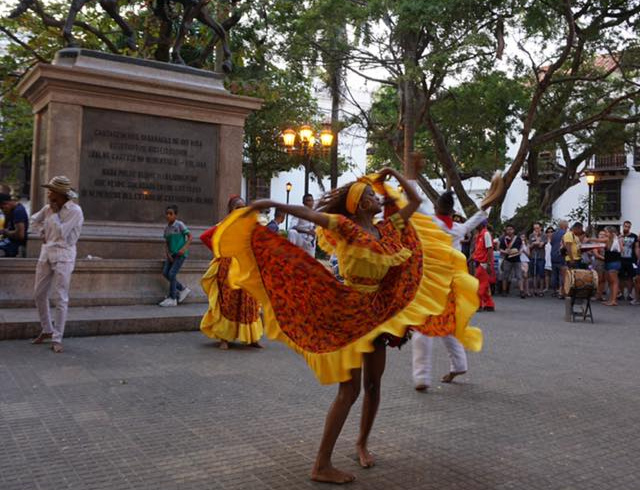
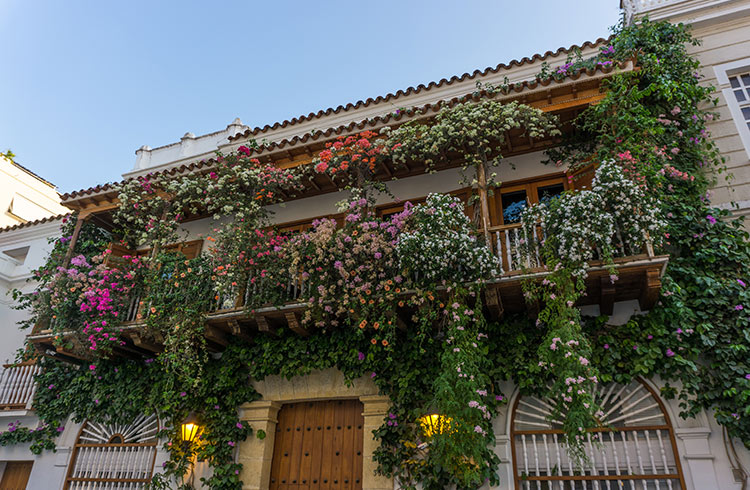
Towards the end of the tour we went up to San Felipe Fort to watch the sunset. Everyone clapped as the sun went down over the Caribbean, as if it weren’t going to happen ever again.
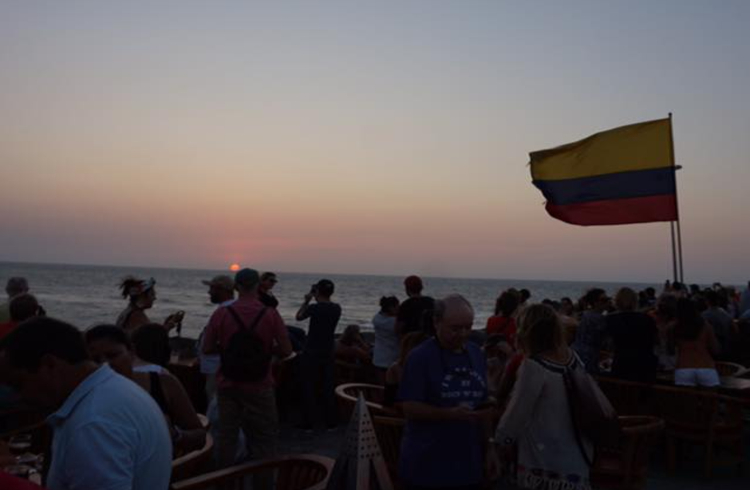
Walking tour of La Paz, Bolivia (x2)
We took two walking tours during our time in La Paz, the standard and the alternate walking tour of La Paz.
For the La Paz city walking tour, we met at Sucre plaza which is right beside the San Pedro Prison. Daniel and Roberto were our guides. This tour ends with a shot of alcohol. Delicious shot, 40% alcohol.
For the Extended Tour of La Paz, meet at Sol Y Luna restaurant at 2pm for the Red Cap Walking Tour. This tour cost us approximately $75 AUD, but it was jam packed with activities. We take a mini bus to the city graveyard, explore El Alto and then watch the Cholitas wrestling in the evening.
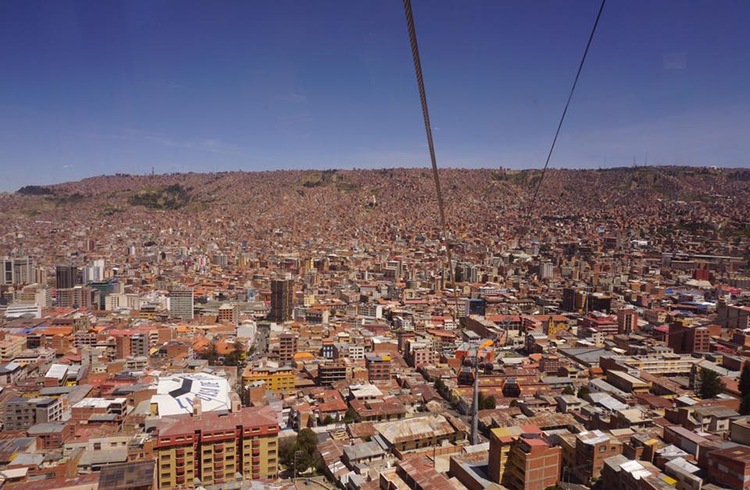
Walking tour of San Pedro de Atacama, Chile
2pm Tips for Tours tour of San Pedro may not exist anymore. I can’t find it online anywhere.
We learnt so much on our walking tour of San Pedro from a traveller-turned-local.
We took a look at Licanantay pottery, dating back to 500BC, and learnt that the Tiwanaku people were the most psychedelic of the ancient civilisations.
Our guide tells us that bodies were once buried inside homes under the floors, and because San Pedro has been inhabited for so long, they’re unsure how many bodies are beneath buildings.
La Playita, a small beach nearby, is where everyone goes at night. The municipality ban dancing because they don’t want the town to turn into the Ibiza of Chile.
Walking tour of Valparasio, Chile
We ended up doing a walking tour of Valparasio by ourselves because the meeting point was so confusing on the website and nobody from the walking tour company replied to my messages. We were devastated we’d missed it, but we really enjoyed looking at the street art by ourselves.
Later that night at the hostel we learnt a bit about the history of the city from an Argentinian friend who visits frequently. So, if you find yourself in the same predicament, just talk to a local.
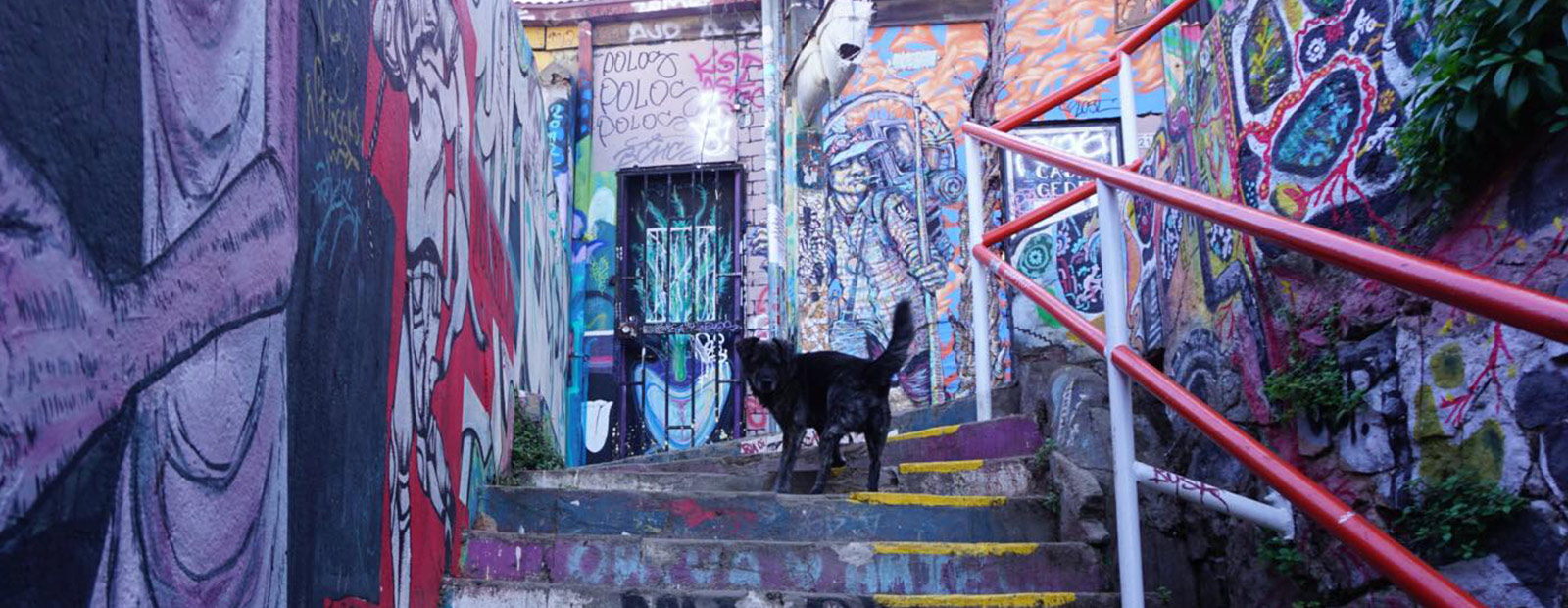
What did I miss? Did you love taking walking tours in South America?
April 2, 2024
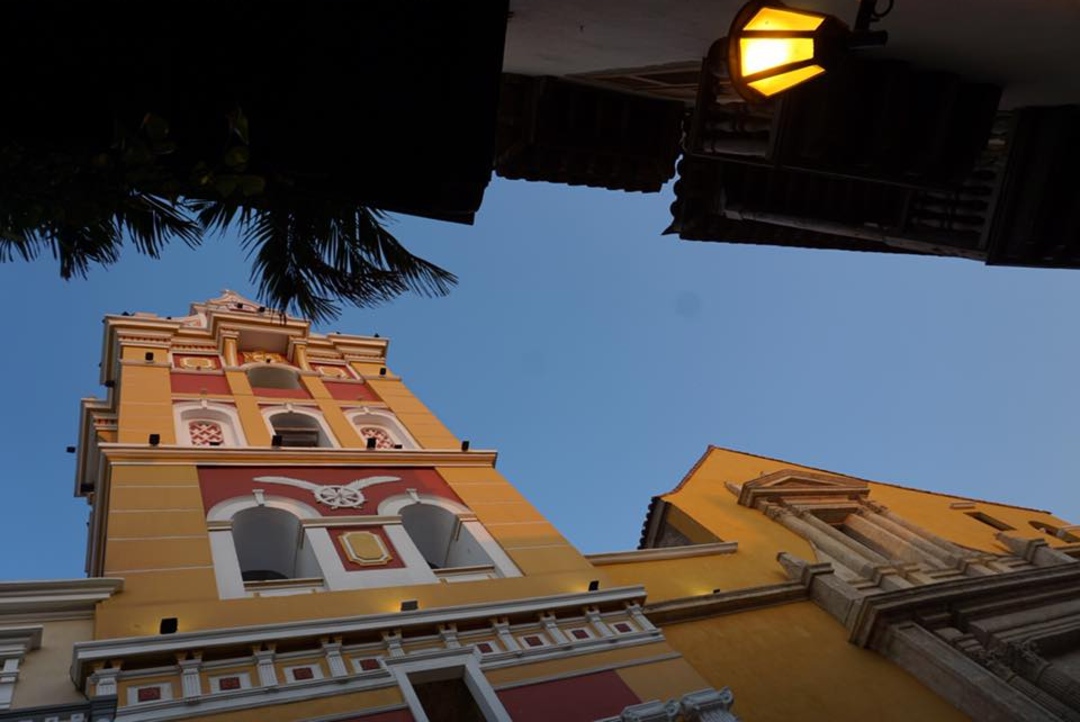
Join the discussion!